Fear almost won.
It was less than a week before we were set to depart on a 6 day adventure to a Cuba, a country that was a forbidden land for Americans not long ago, and like Jon Snow upon learning of his claim to the Iron Throne, I was getting cold feet.

A few months prior, Amanda and I sat down to plan where we wanted to celebrate our 5 year anniversary. With a stockpile of Southwest points and a tight budget, we turned to Southwest’s international route map. After putting Costa Rica, Belize and Havana on the short list, something I’d recently heard lingered in my mind – if you want to go to Cuba, go now.
Due in part to the United States implementing a trade embargo and banning US citizens from visiting Cuba for nearly 50 years, Cuba is often referred to as a country “frozen in time.” With the easing of the travel restrictions under the Obama administration, a sense of urgency (and irony) emerged among travelers – go to the country now, before it becomes “too touristy.”
Visiting Havana was intriguing, but before I was ready to pull the trigger, there was one question I needed to know: Is it safe?
After hours of research, the message from friends, bloggers, and Tripadvisor was unanimous: Cuba is extremely safe, and it’s an incredible experience.
Somehow, just days before departing, those very words were lost on me. I’m not even sure what changed. Complacency, maybe.
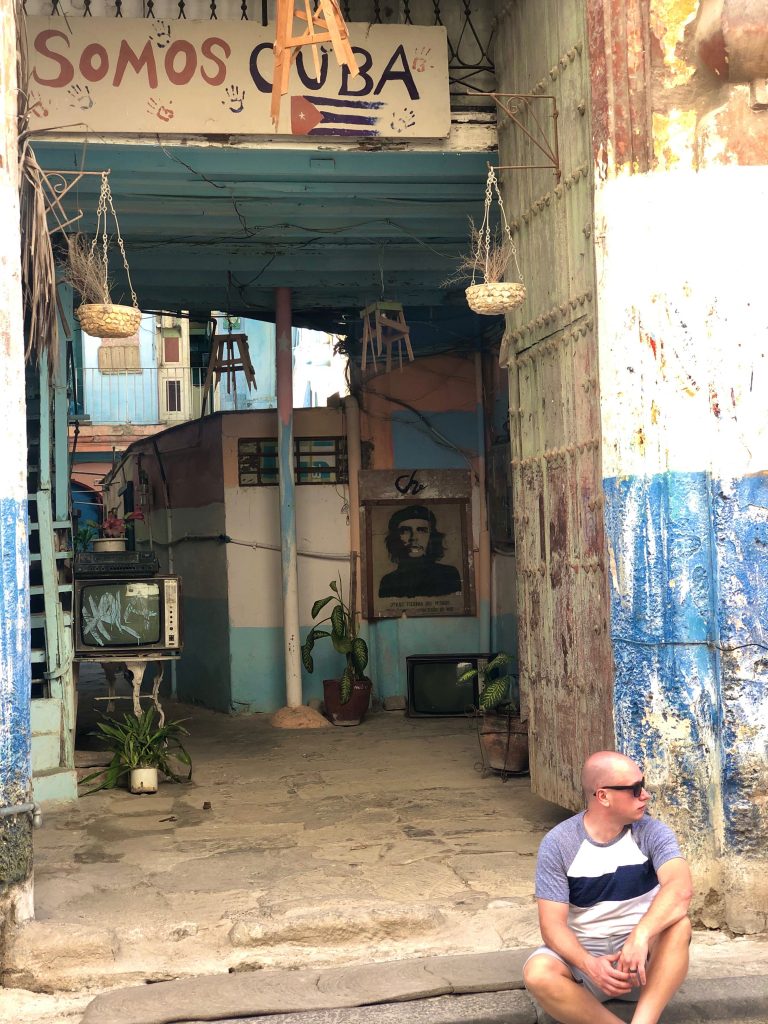
As this sudden uneasiness grew, the reasons (see: excuses) to cancel our trip started to pour out. They say Havana is dirty. What if it actually isn’t safe? What if they laugh at my salsa dancing? Yes, that last one was a real concern.
I’ll admit it – fear was getting the best of me. I felt more at peace the night before jumping out of an airplane than I did the night before boarding one to Havana.
Despite all of that, we set off to Cuba…
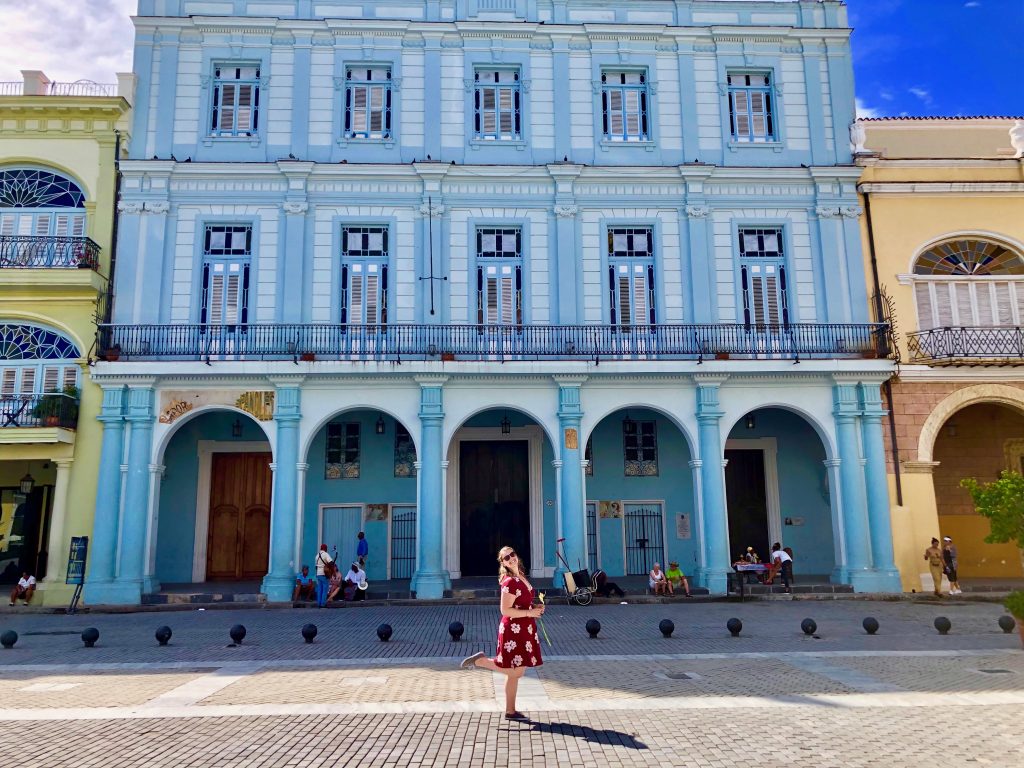
After being off the grid and immersing ourselves in Cuban culture for 6 days, I can confidently say this: I was wrong. Big time. The fear was not real.
Cuba is real – real people, real culture, real history, real struggle.
All of my worries were completely erased within hours of landing in Havana. As it turned out, visiting Cuba was the best trip we have ever been on, and I’m not even sure it’s close.
Since returning, it’s apparent that the same concerns I had are shared by many. It’s became automatic to hear “I’d love to go to Cuba, but …” followed by some misguided preconception.
Want to know the truth about traveling to Cuba? Here are the 5 biggest myths and misconceptions about Cuba, and what you should know before planning your own adventure:
Myth #1: American’s aren’t allowed to travel to Cuba
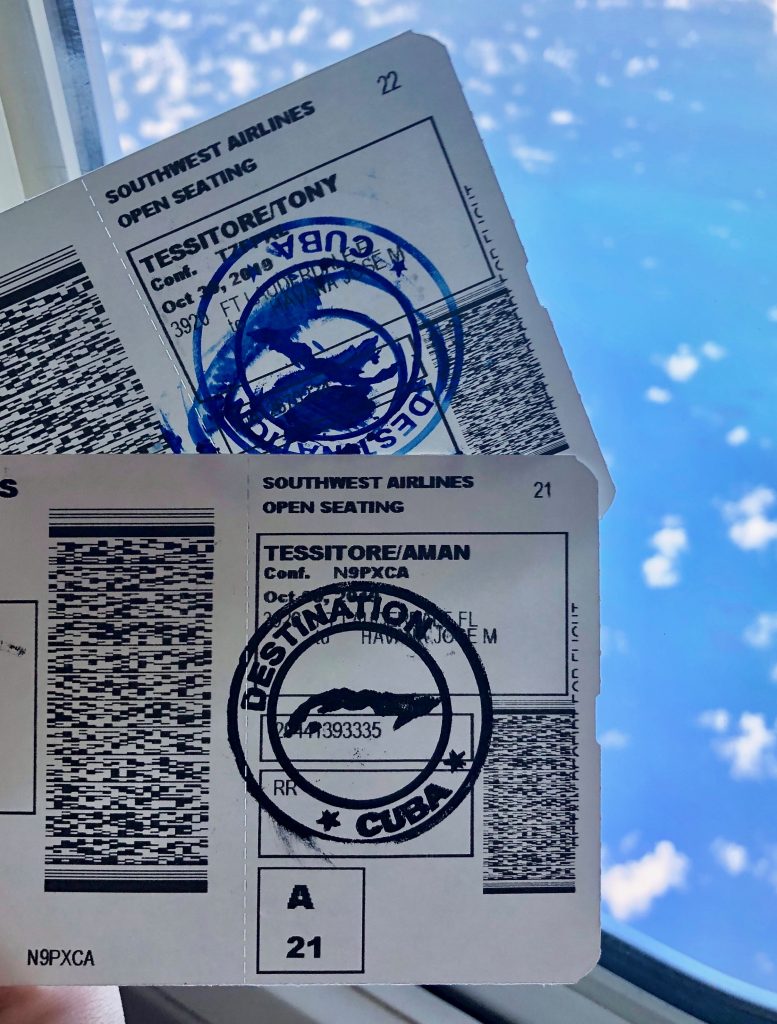
Yes, you can absolutely still travel to Cuba! In fact, it’s surprisingly easy to do, but there are a few things that you need to know first.
The source of the confusion dates back to June 2019, when the Trump administration announced new changes in the travel rules to Cuba, banning US cruise ships from docking in Cuba. They also removed the “People to People” travel category. Flying from the US to Cuba remains 100% legal.
The motivations for the 2019 restrictions boil down to this: punishing the Cuban government for their support of Venezuelan President Nicolas Maduro. The United States is supporting an ongoing attempt to remove him from power. (Ugh, politics. If you are interested in reading more on this situation, these articles dig deeper into why and how the US is stepping in.)
What does Venezuela have to do with US citizens taking a vacation to Cuba? Good question. Essentially, our government doesn’t want US dollars flowing into the pockets of the Cuban government and military. Therefore, since the hotels in Cuba are government-owned, going to an all-inclusive resort and sitting on the beach all day is a no-no. Bummer, right? Not at all…
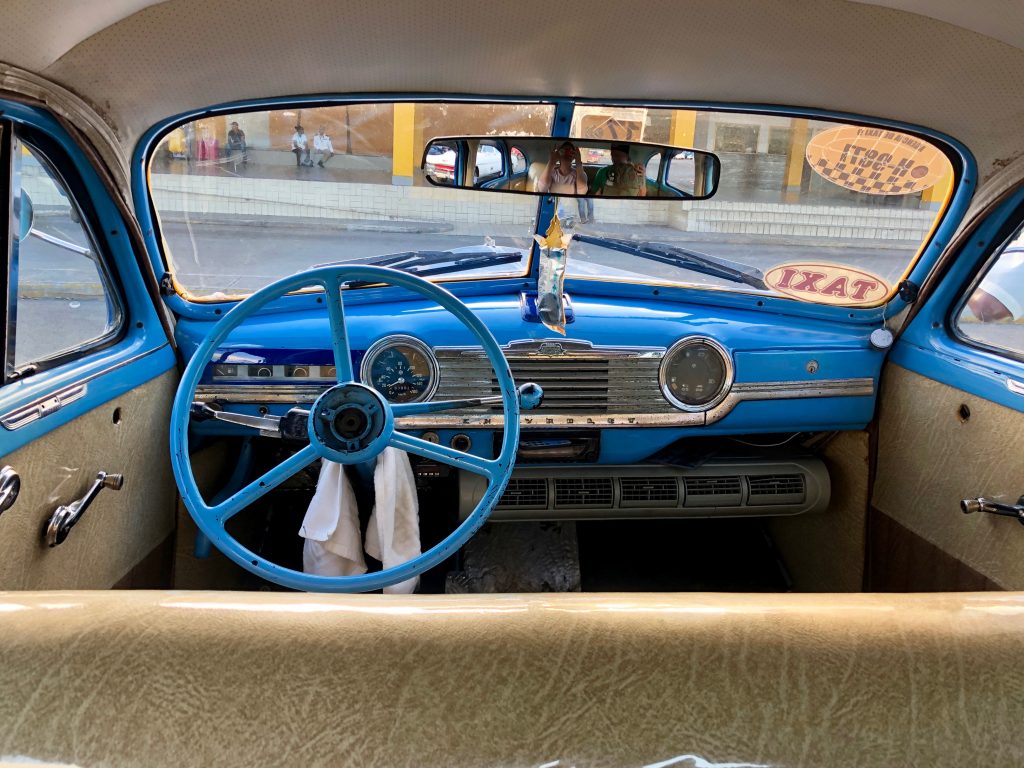
If you are planning a trip to Cuba today, you can do what we did and travel under the “Support for the Cuban People” category. This means staying in casa particulares (private residences), eating at paladares (privately-owned restaurants), and interacting with the people of Cuba.
Honestly, supporting the Cuban people is the reason you SHOULD go. Don’t get me wrong, Varadero Beach is beautiful, but so are many other beaches in the Caribbean. The interactions and relationships you will have with the Cuban people are the real gem.
If you are like me, you might be worried about being interrogated or cavity-searched while going through customs in both countries. Don’t be. Each time was a breeze with minimal questions asked. Surprisingly, it felt more difficult entering Scotland than Cuba.
So, to make things easier for you, here is a simple, step-by-step guide on how to legally travel to Cuba:
1. Book an airline ticket to fly direct from the US to Havana (there is no need to fly through a “gateway” city like Cancun).
2. Purchase a Cuban tourist visa (Southwest directed us to Cuba Travel Services).
3. Declare your reason for travel as “Support for the Cuban People.”
4. Reserve a casa particular through Airbnb – we highly recommend a private room for the opportunities to interact with your hosts.
5. Schedule activities that engage with local Cuban people. Tour a tobacco farm in Vinales, go to a salsa dancing lesson, take a cooking class, do a walking tour of Havana, go bar hopping with locals – all of which we booked through Airbnb Experiences. Interacting with the Cuban people was absolutely the best part of the trip.
6. Pack your bags, grab your passport, and enjoy.
It really is that simple.
Myth #2: Cuba is dangerous
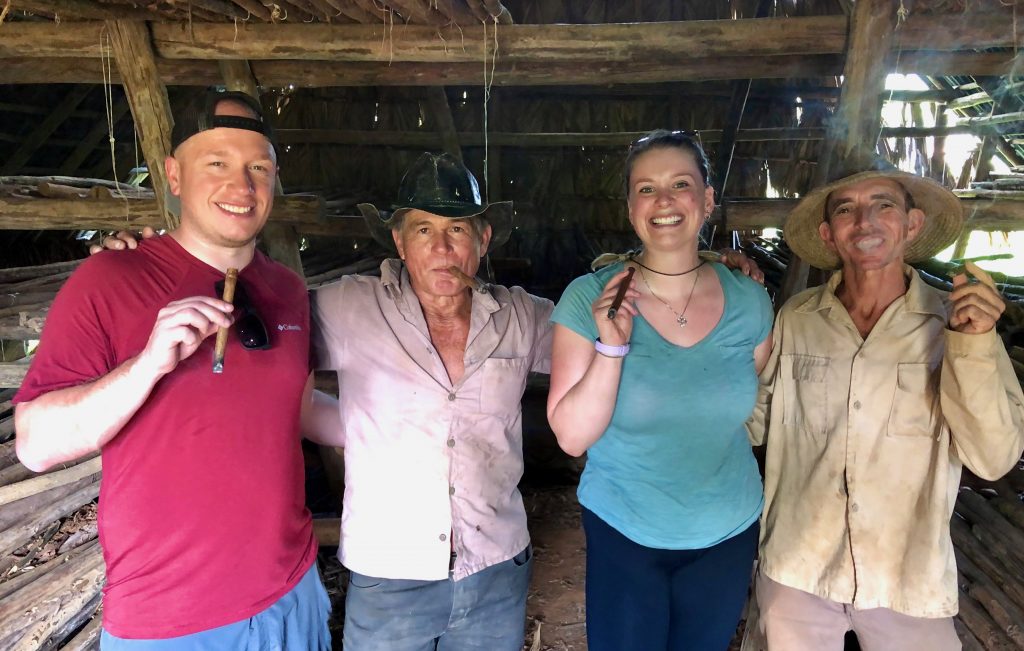
Walking down the street on our first night in Havana, I turned to Amanda and said that I felt as safe then as I do at any time in Denver.
It’s true, Cuba is very safe.
Your safety as a tourist comes down to this: Cuba needs tourism. Maybe now more than ever.
Since Cuba’s economy relies heavily on the tourism industry, the safety of their visitors is of the utmost importance. More than one Cuban told us that the country seems terrified of receiving any bad publicity. You’re not rushing to the Dominican Republic anytime soon, are you?
You may also feel secure knowing that Cubans are not allowed to own guns. In addition, drugs are essentially non-existent. As Lonely Planet recently stated, “There is almost no gun crime, violent robbery, organized gang culture, teenage delinquency, drugs or dangerous no-go zones. And If a local comes at you holding a machete, he’s probably about to split open a coconut for you.”
Myth #3: Havana is dirty
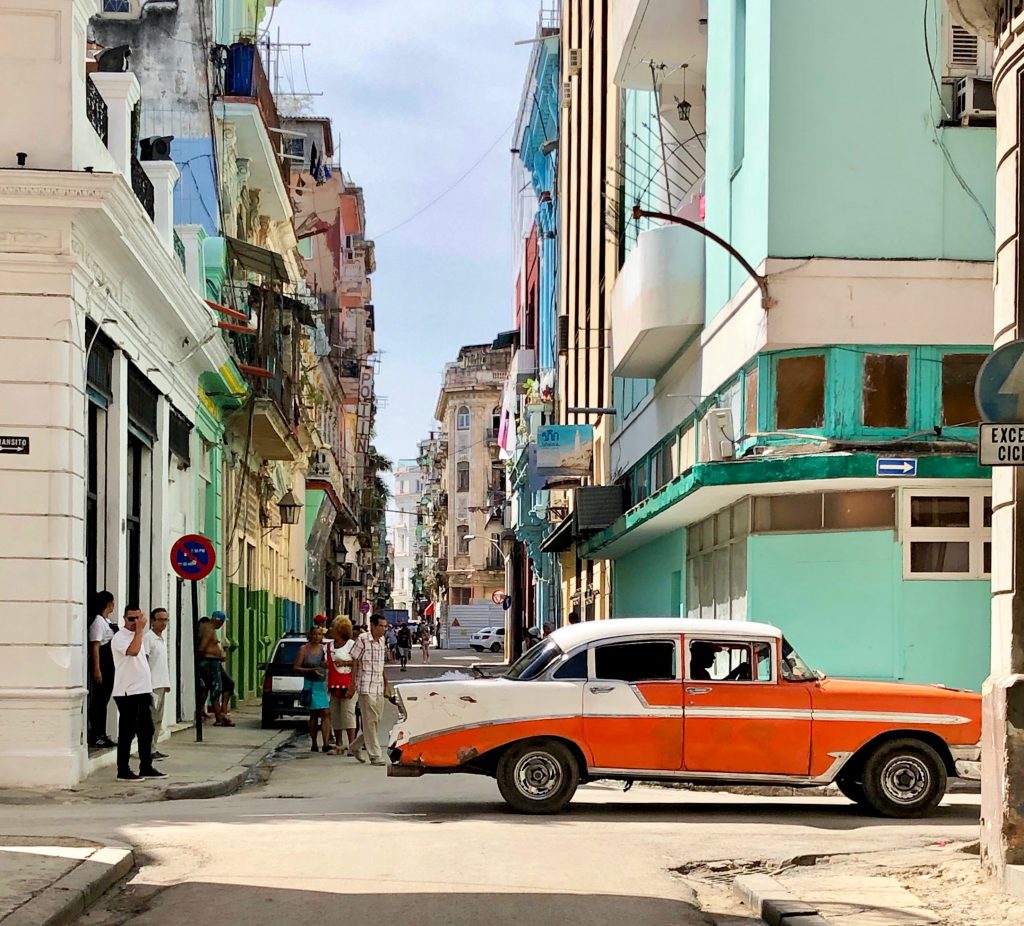
Why is it that you can read a thousand positive reviews, but it’s the one bad comment that sticks with you?
Thank you random Tripadvisor review.
Havana is a beautiful city. It’s the home of eclectic architecture. A city full of life and character. It’s authentic.
It’s also is a city of 2.1 million people. Is there trash on the street? You might come across some. Does it smell bad? I caught a funny odor once or twice. Are there old buildings in need of repair? Of course. People urinating all over the streets? Umm, no.
Now reading that again, am I talking about Havana, or New York, or Philadelphia, or Chicago, or New Orleans?
Point is, Havana is a living, breathing city that was established 250 years before the United States of America was founded. When it comes to cleanliness, Havana shares a lot with most major American cities: There’s wealthy neighborhoods, there’s poor neighborhoods. There’s new construction, and there’s buildings in dire need of repair.
Is Havana a picturesque city that has also endured unique hardships? Yes. Dirty? No.
Myth #4: Cubans hate Americans
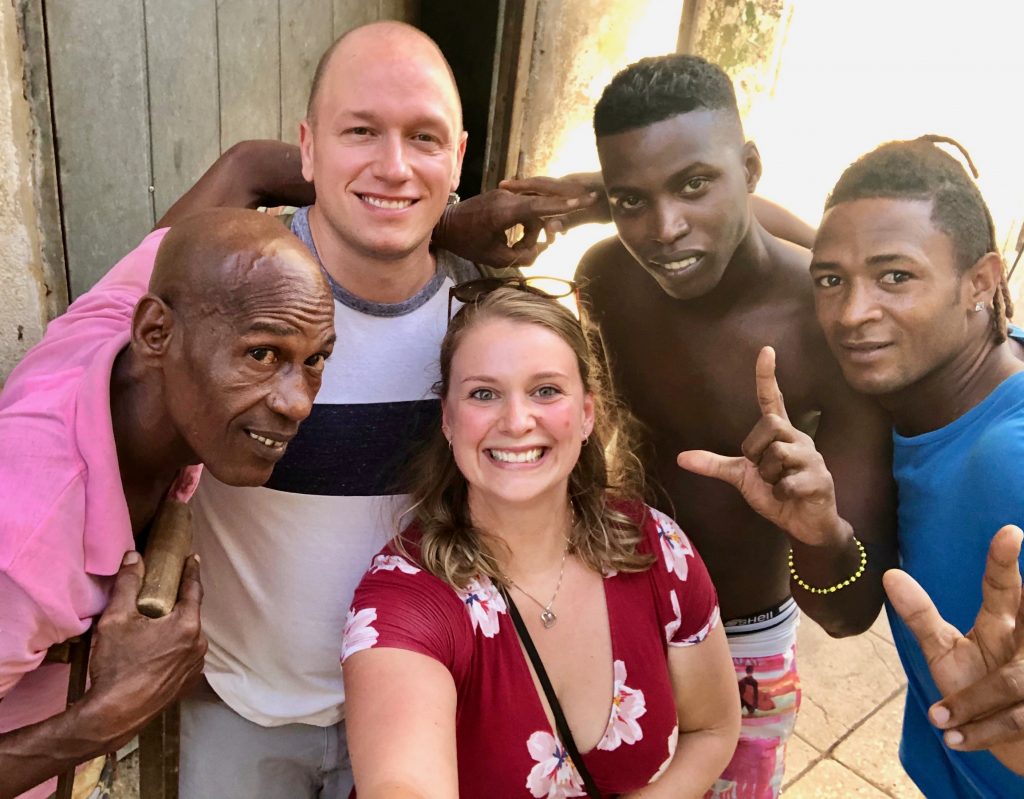
I’m not sure if this is a common misbelief, but with our governments being at odds for almost 60 years, it was a concern to me. Add in the recent trade and travel restrictions, and it would not have been surprising if we were met with an icy reception.
Instead, quite the opposite. As soon as I told someone we were for the United States, their face lit up and they were eager to strike up a conversation. Many Cubans have a friend or family member living in the US. The curiosity about culture and way of life is mutually-shared.
There were times when I felt like a celebrity in Cuba; and I don’t believe it was due to my world-renowned blog.
As the local Cubans told us, it’s a government vs. government issue, not a people vs. people issue.
Myth #5: The food is terrible
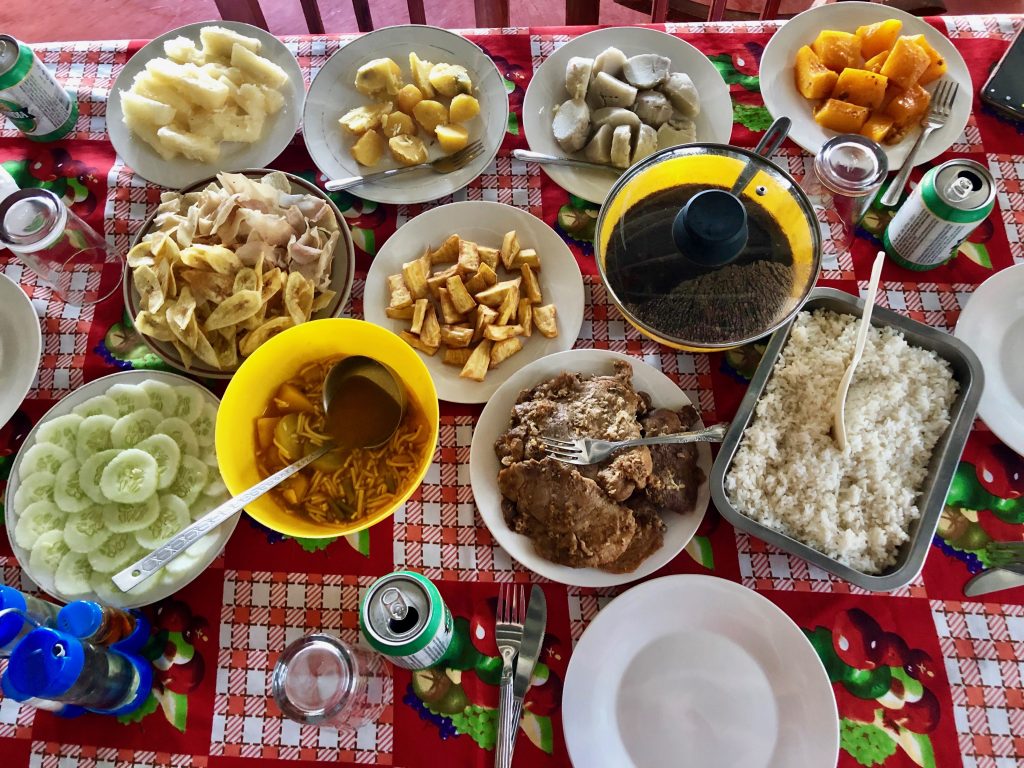
If the first thing that comes to mind when you think of Cuban food is a Cuban sandwich, well, then I guess you know as much about Cuban food as I did.
Which reminds me: do local Cuban people even eat Cuban sandwiches? Our tour guide said yes, but I’m still skeptical.
The food we consumed in Cuba centered on fresh tropical fruits (like guava and papaya) and locally-grown vegetables. Pork is the prevalent protein. Rice and black beans are staples. As a local told us, “it’s not a true meal in Cuba if rice isn’t served.”
Cuba is currently in the midst of a restaurant revolution due to the rise of paladares. These family owned and operated restaurants have reinvigorated the food scene in Cuba.
While the restaurants in Havana were all outstanding, the best food we ate in Cuba were home-cooked meals: grand breakfasts with our casa particular hosts, a magnificent farm to table dinner on a coffee farm in Vinales.
To sum up the food in Cuba – simple, but delicious.
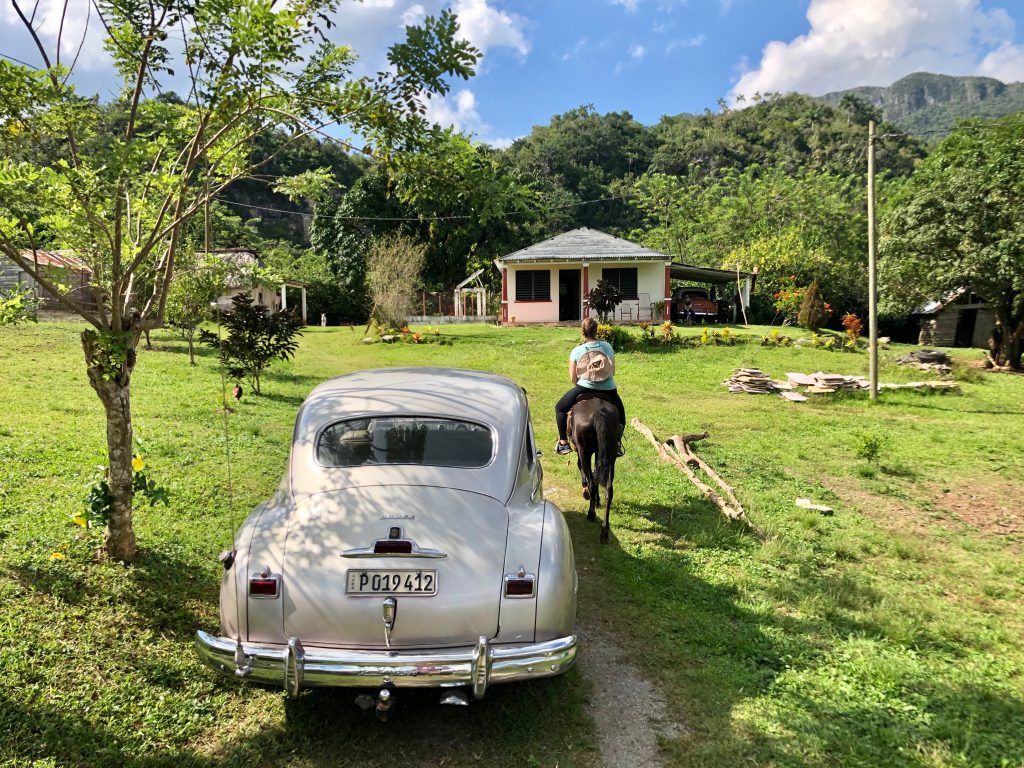
Now that we got those out of the way, I will say this: If you have even the slightest interest in taking your own journey to Cuba, go now. Not because it’s becoming too touristy or that the charm might be lost. Go because it’s a place that can change your life.
Visiting Cuba was transformative, in many ways. To name one, there’s a lesson learned that will always stay with me:
I almost let fear get in the way of a life-changing experience.
Almost.
Have any questions about traveling to Cuba? Are you planning a trip there? Do you have your own experience of Cuba ? Share in the comments!
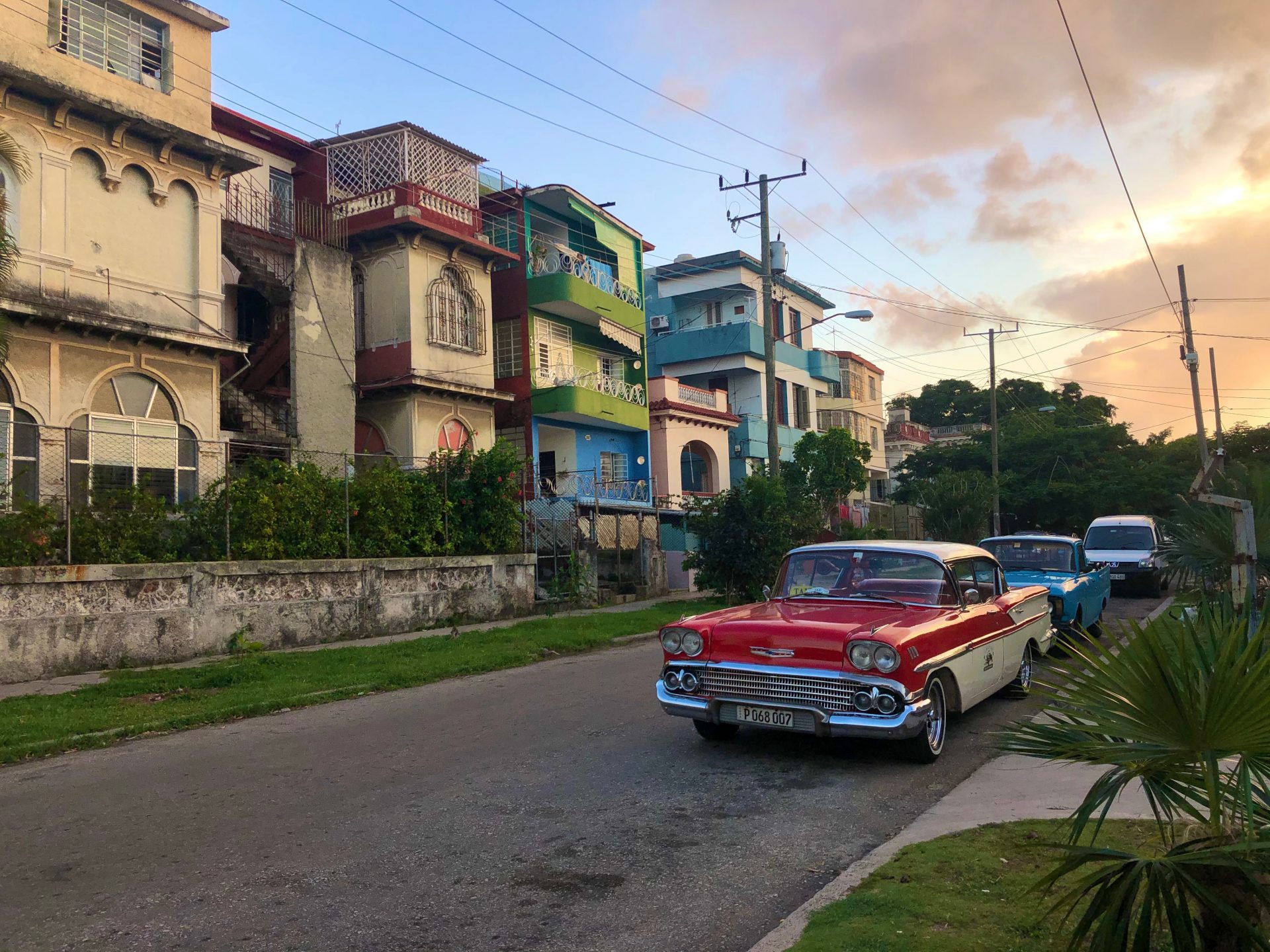
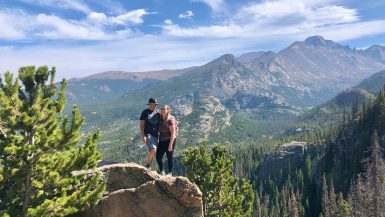


Leave a reply